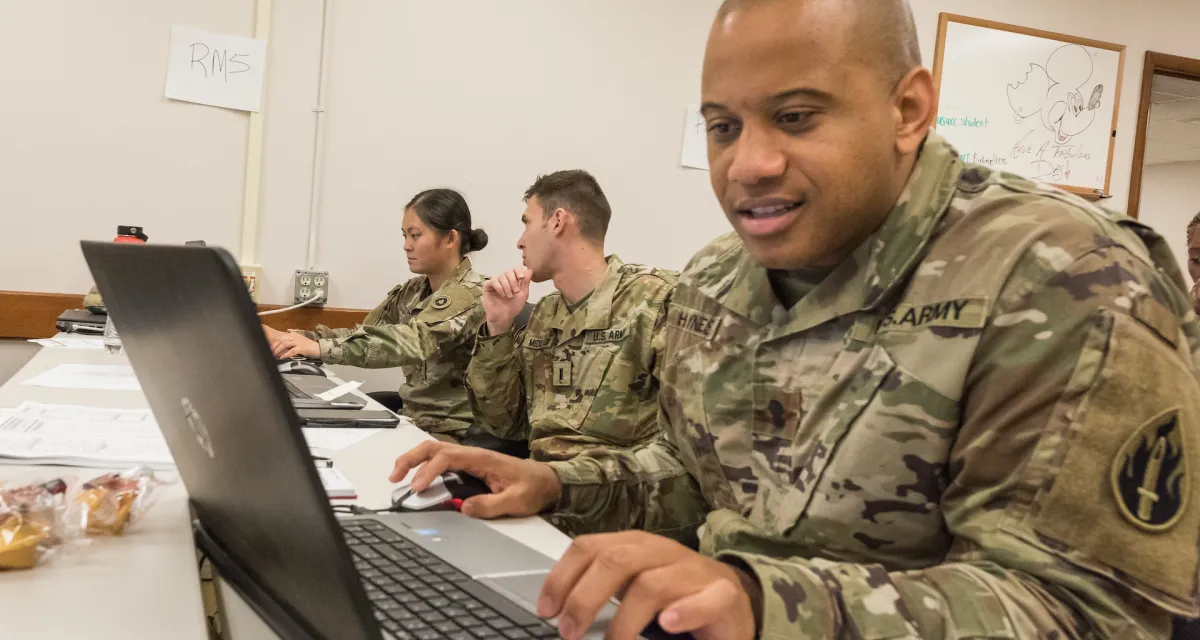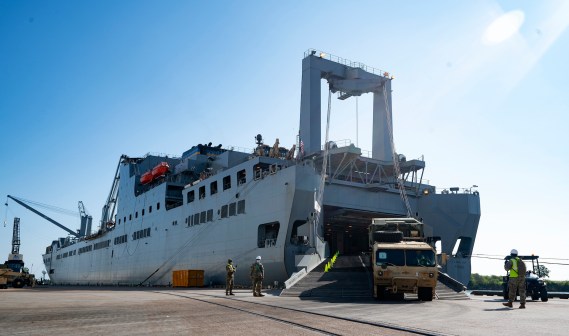The Army migrated one of the world’s largest financial systems to the cloud 7 months ahead of schedule

The Army’s enterprise financial management system — which handles $164 billion in yearly transactions — has now fully migrated to the cloud, seven months ahead of schedule, the service says.
The move will bring the department millions of dollars in savings and provide more reliable and interoperable data services at a critical time for the Army. The military’s largest department forecasts a flat or even declining budget in the years ahead and is working to save time and money where it can, especially in modernizing back-end systems.
The effort to get the General Fund Enterprise Business System (GFEBS) on Amazon Web Services (AWS) cloud servers didn’t happen overnight, but the ahead-of-schedule speed is in part due to assistance from other parts of the military, the Army says. The Defense Information Systems Agency (DISA) and other network-focused agencies lent the Army extra bandwidth and personnel to be able to carry out large data transfers and fill a 189-person team for the migration, according to a news release.
“The completion of this monumental effort underscores our ability to press forward with strategic partners to provide modern solutions that benefit our workforce, and the Army as a whole,” Jonathan Moak, the acting assistant secretary of the Army for financial management and comptroller, says in the release.
The Army is seeing the usual benefits of moving a platform to the cloud: Col. Donald Burton, project manager for the migration, says those include improved security and ability to run deeper analytics. The GFEBS was a priority for migration due to its size and reach across 35,000 users in the Army in 71 different countries. The system has also been used by other services, like for managing some of the Navy’s health care resources.
“This modernization effort will improve the user experience, improve reliability and disaster recovery,” Burton says.
The services is not only looking to modernize its backend systems. Artificial intelligence for the battlefield, advanced weapons systems and all-domain operations are all technology priorities that Army leaders have said need cloud modernization to be viable.
The resources that were slated to be dedicated to the now completed migration project will move on to other efforts, according to the release.





